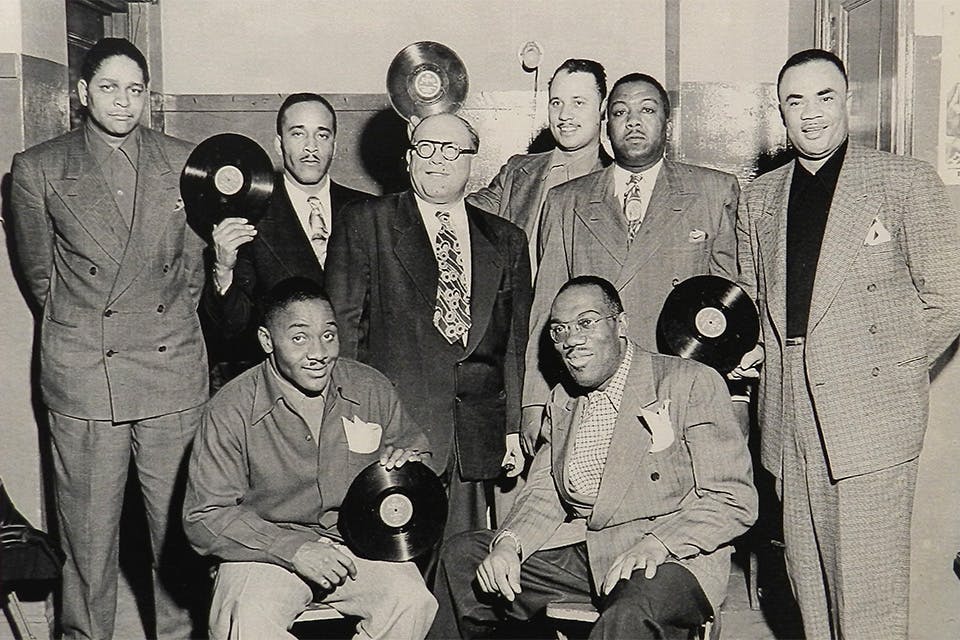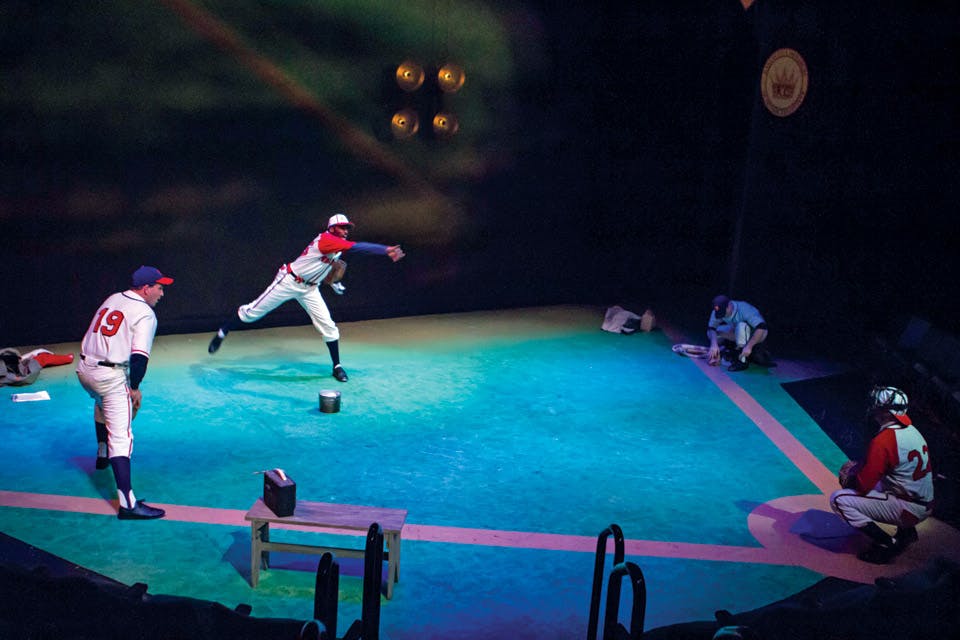Arts
Satchel on Stage
Cincinnati Playhouse in the Park presents the dramatic tale of a king of baseball and the time in which he lived.
Related Articles

Cincinnati’s May Festival Celebrates 150th Anniversary
The Queen City’s annual spring choral music tradition marks a milestone year in 2023. READ MORE >>

Revel OTR, Cincinnati
This boutique winery in the city’s Over-the-Rhine neighborhood offers a hip and modern spot to grab a glass with friends. READ MORE >>

The Legacy of Cincinnati’s King Records
Syd Nathan’s legendary label signed James Brown and released music from a lineup of groundbreaking Black artists. Today, the city and a local foundation are working to revive the building it once called home. READ MORE >>


